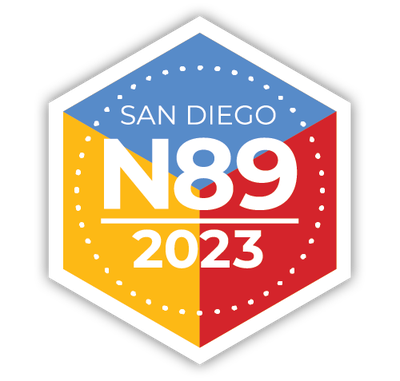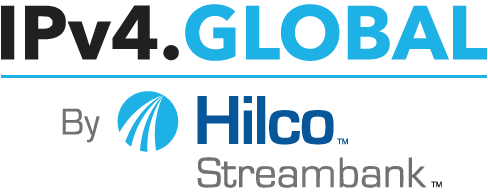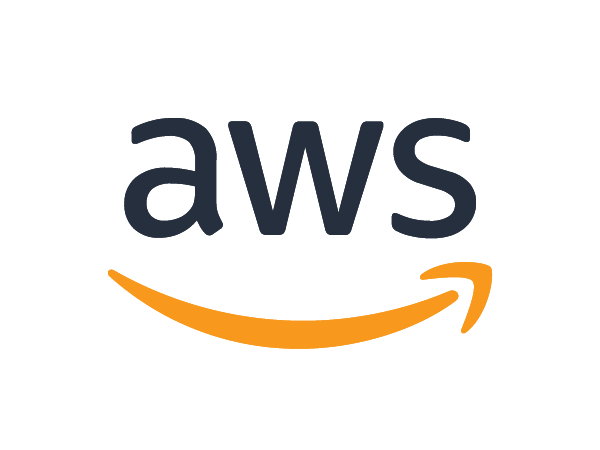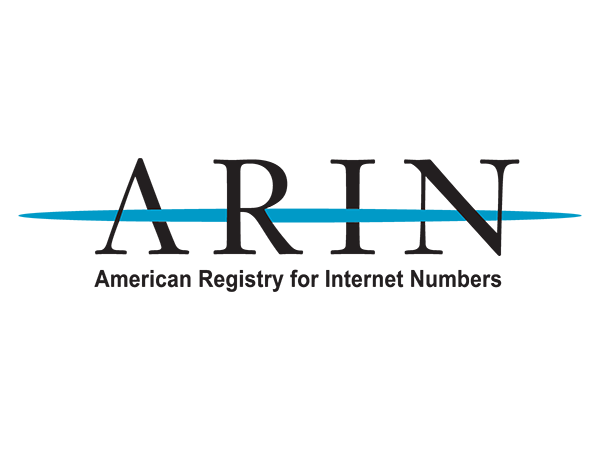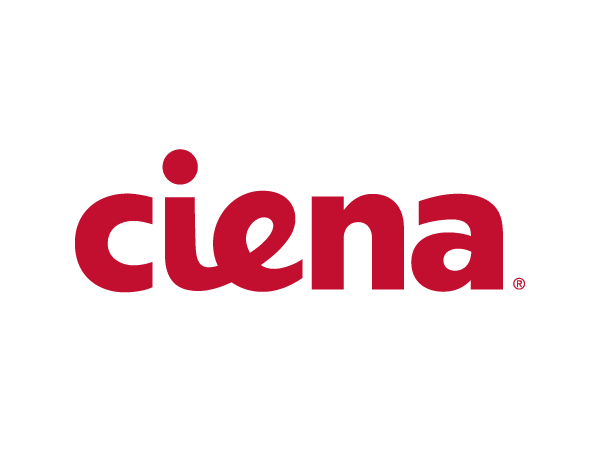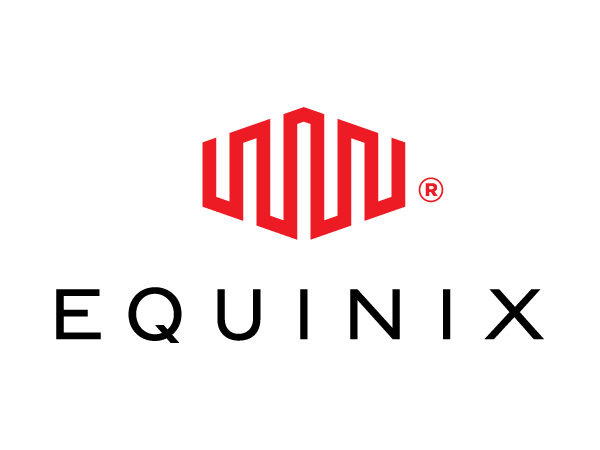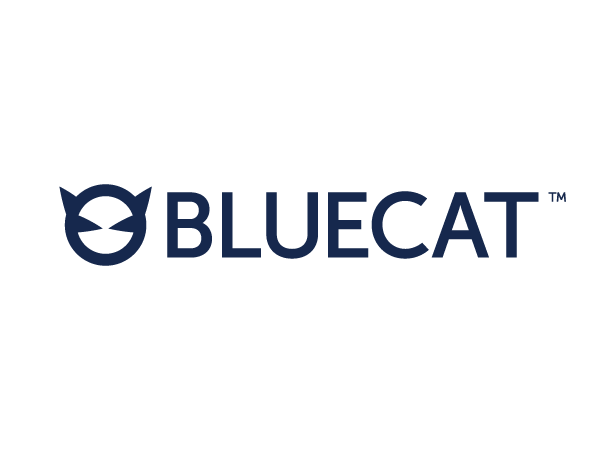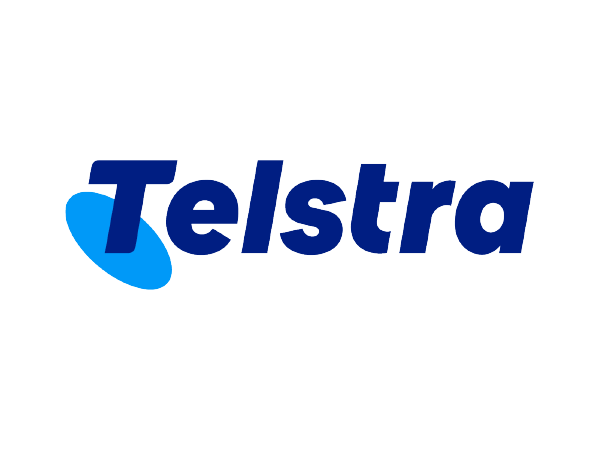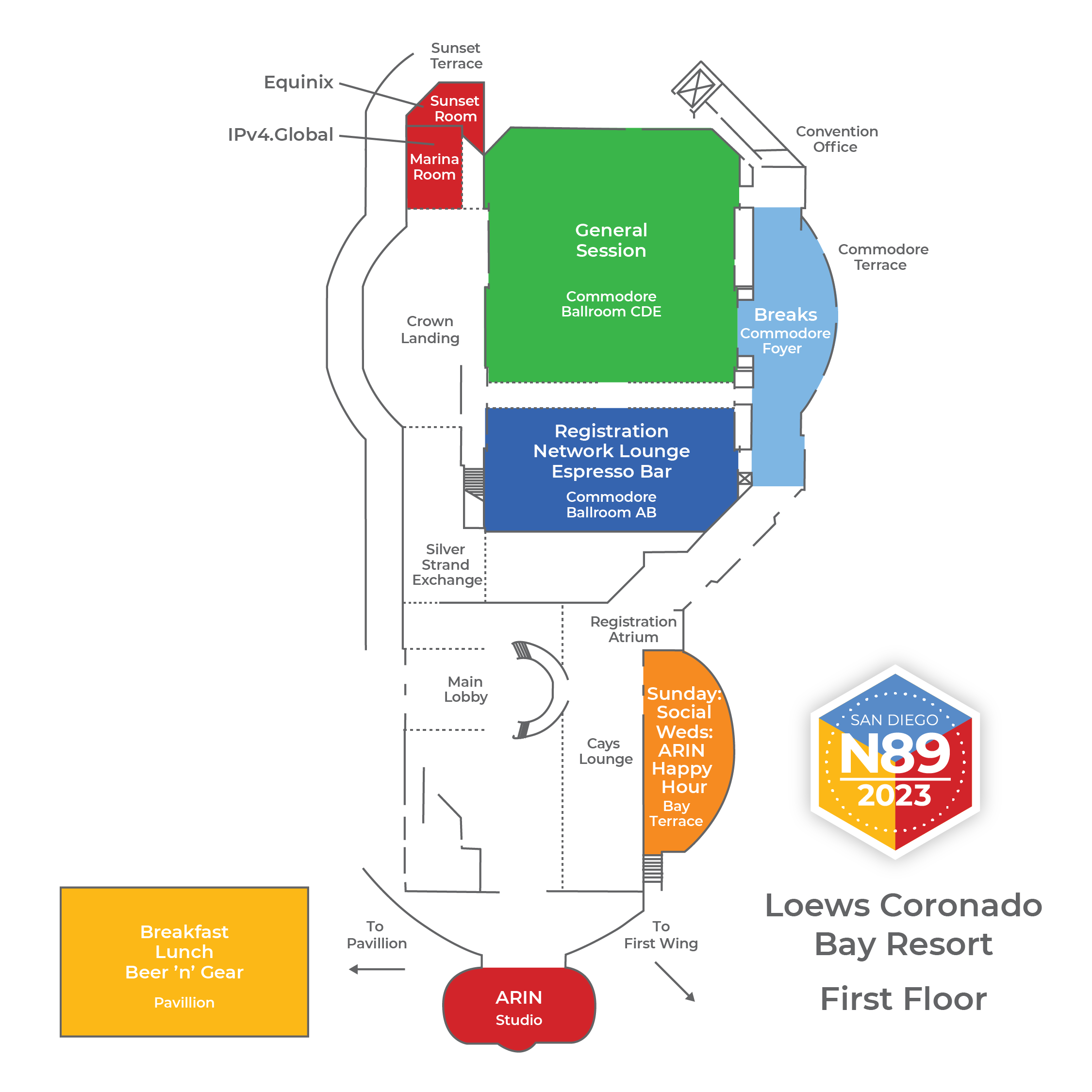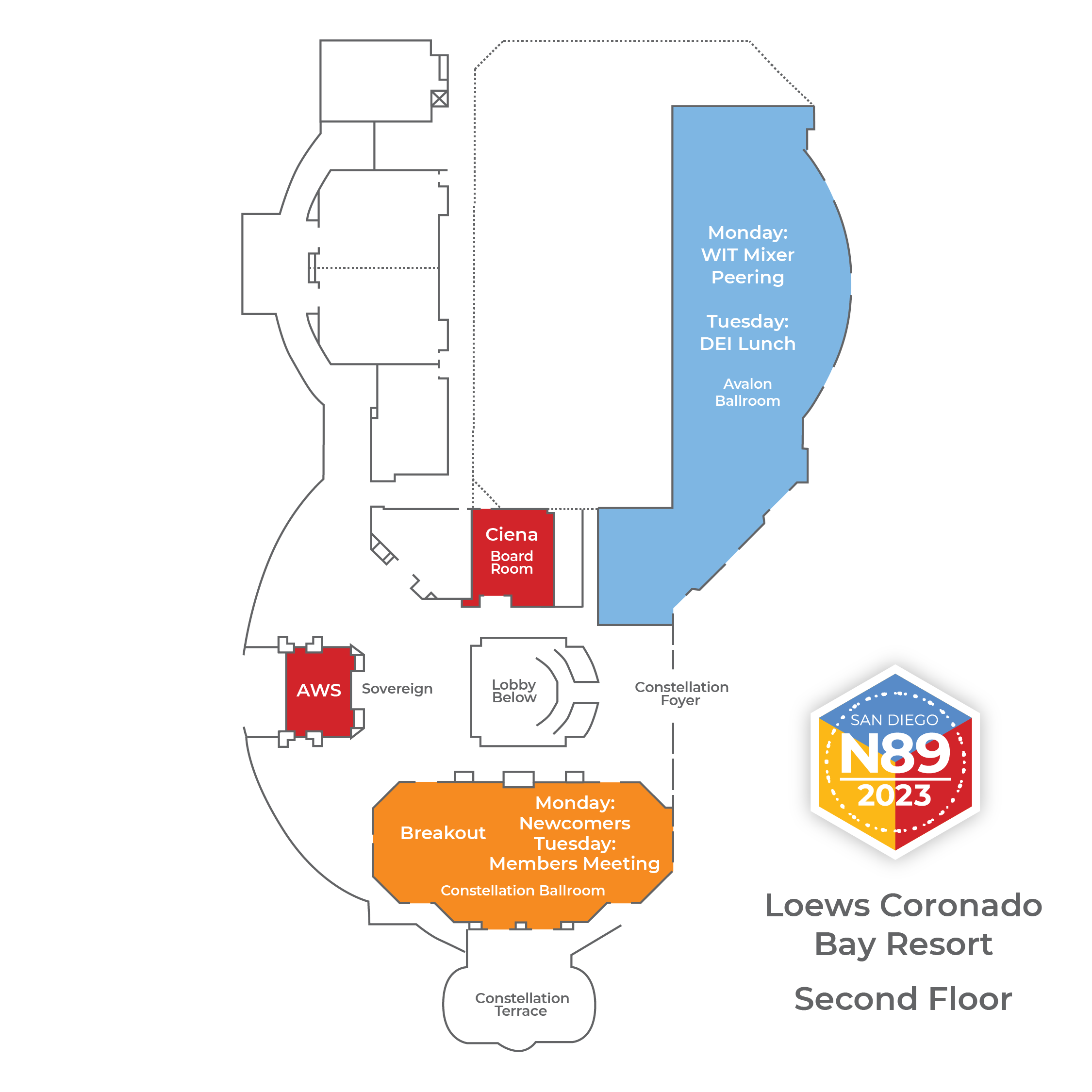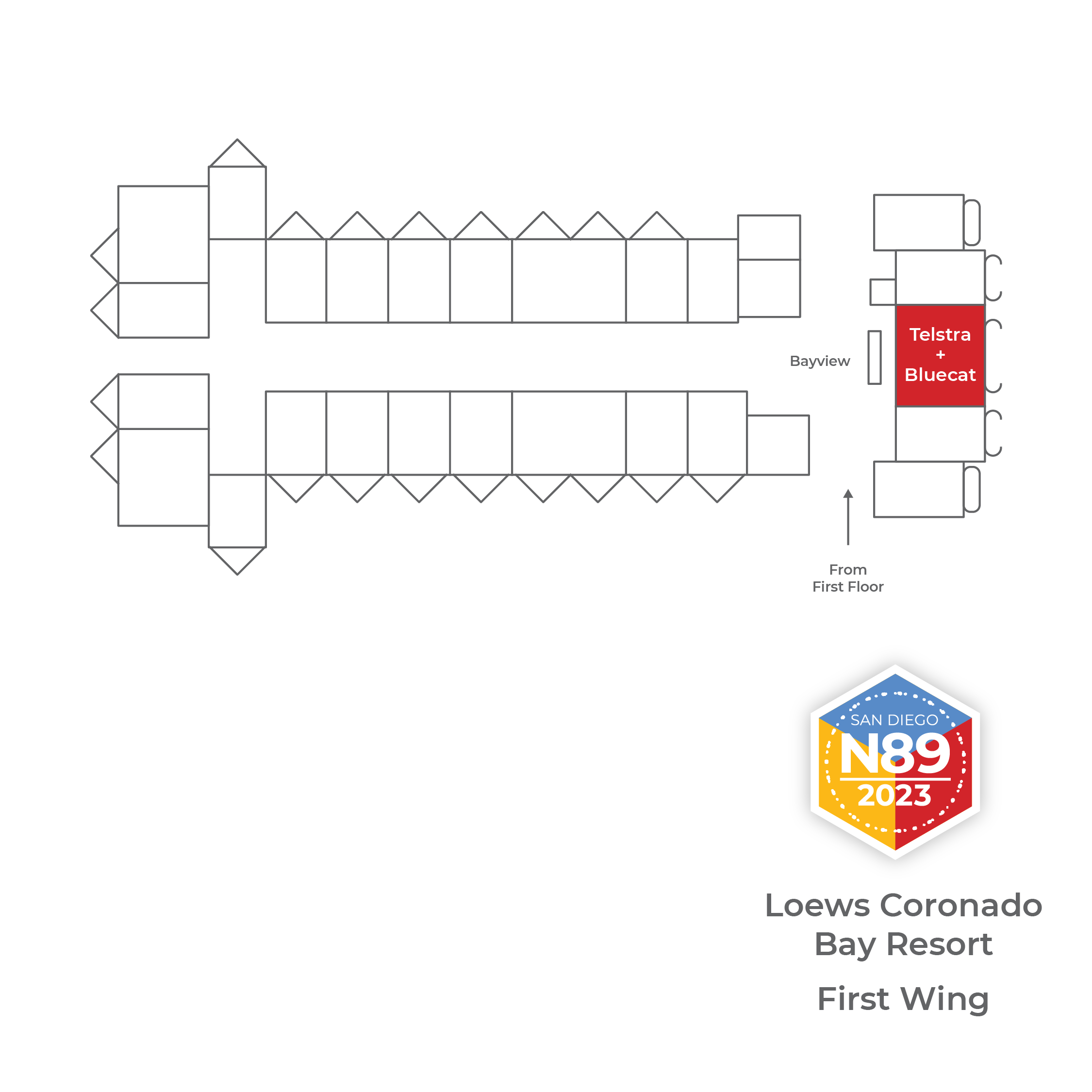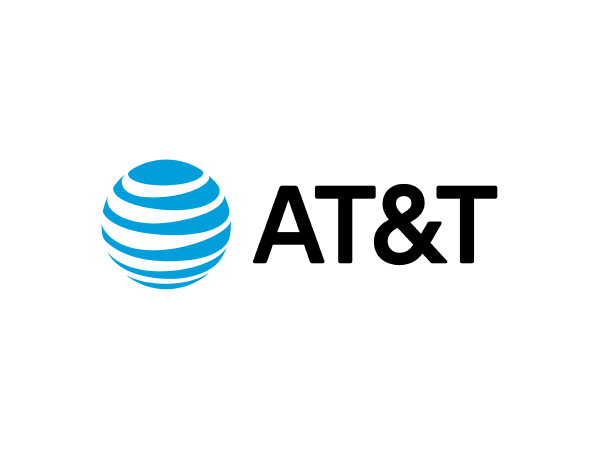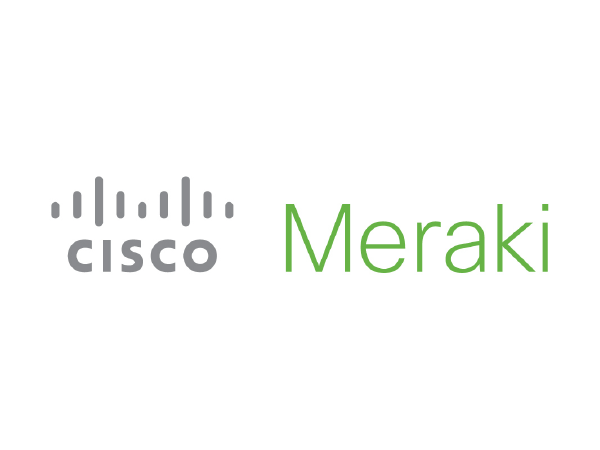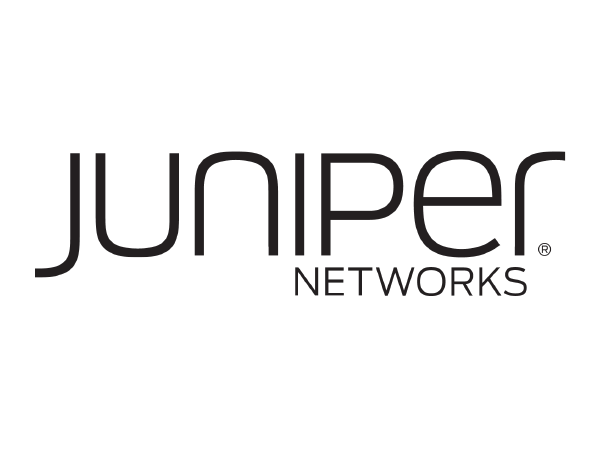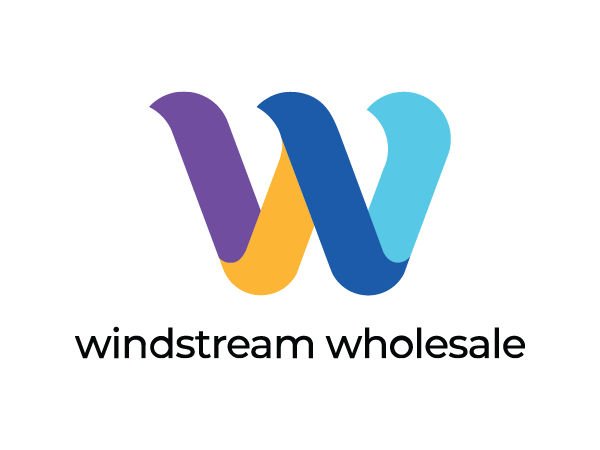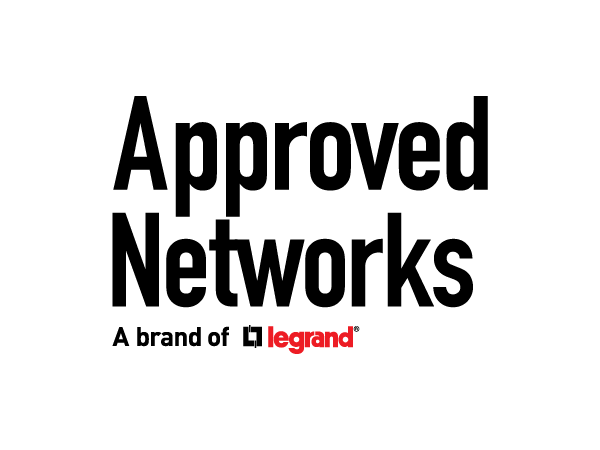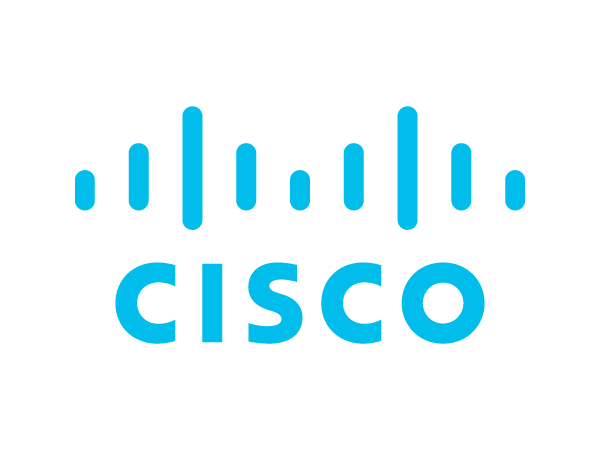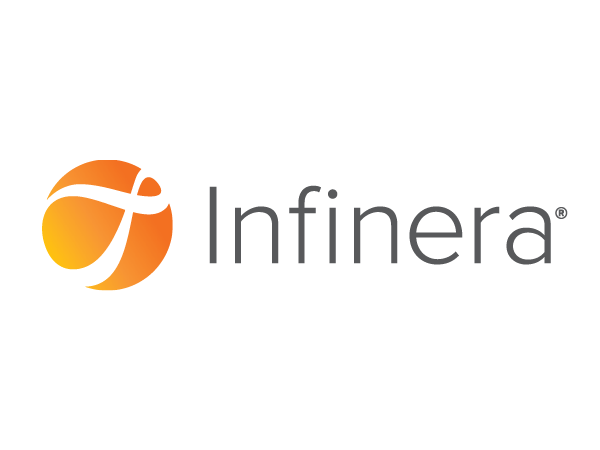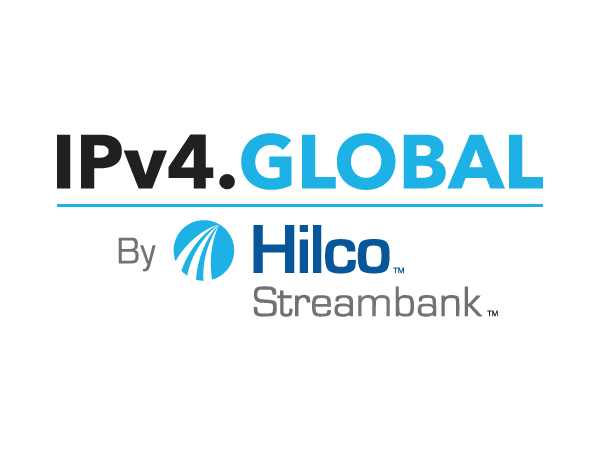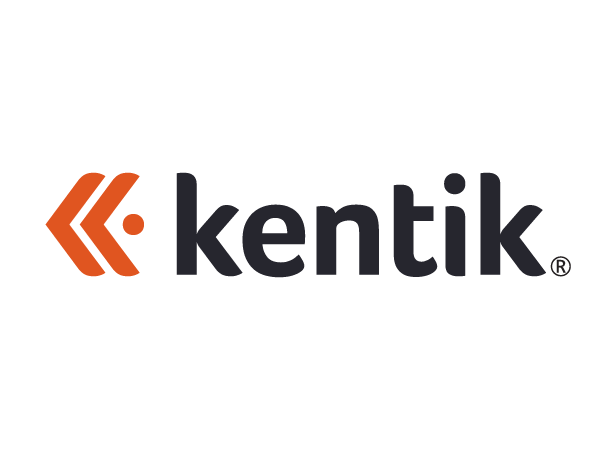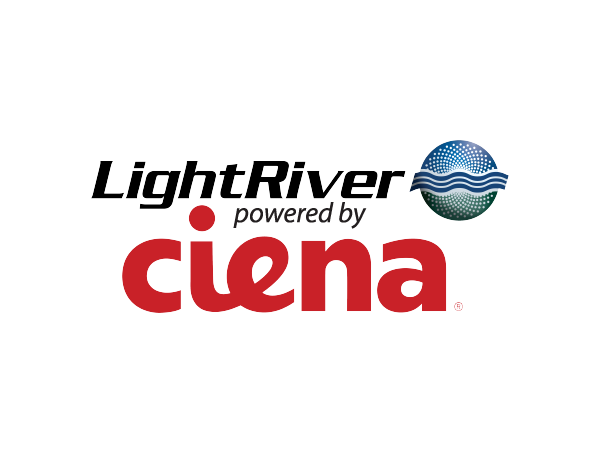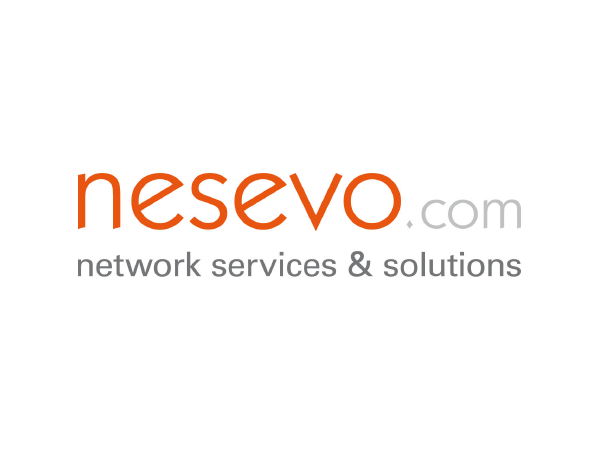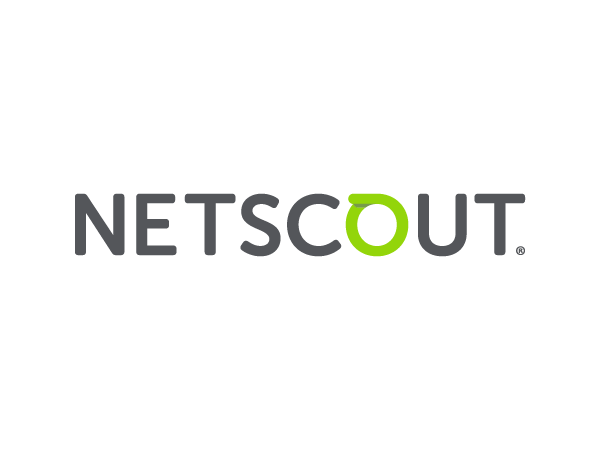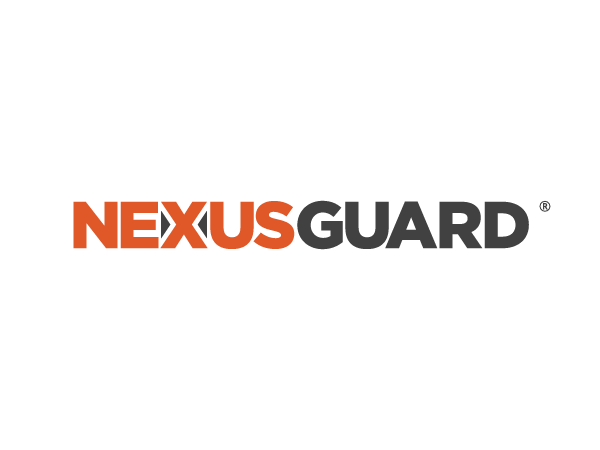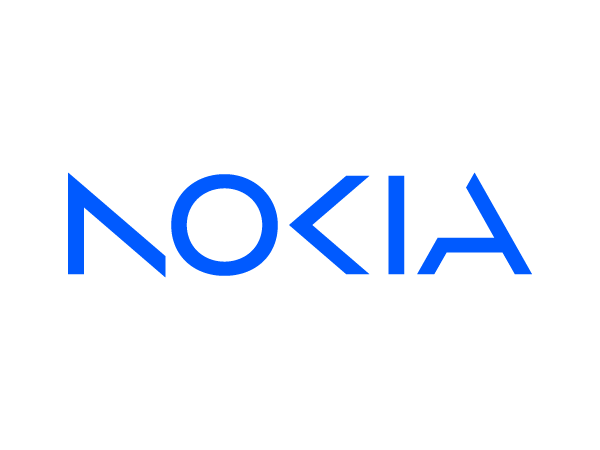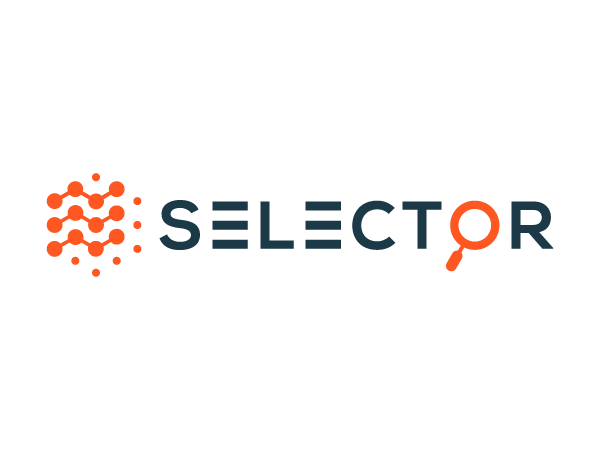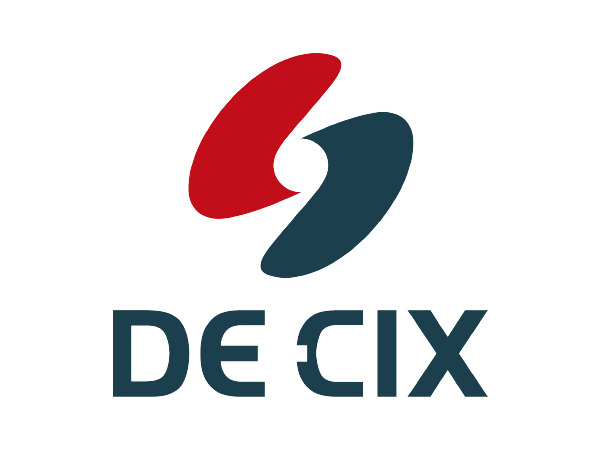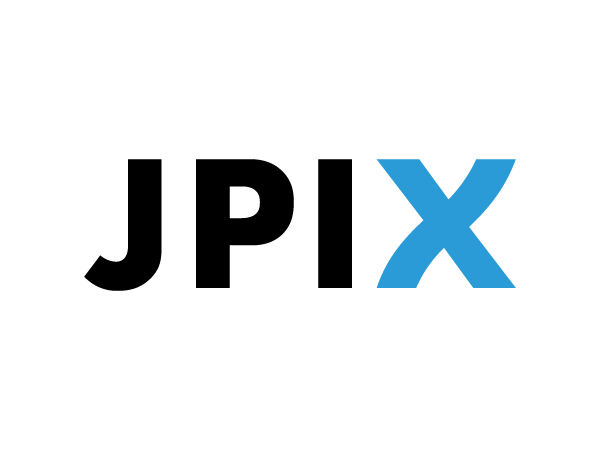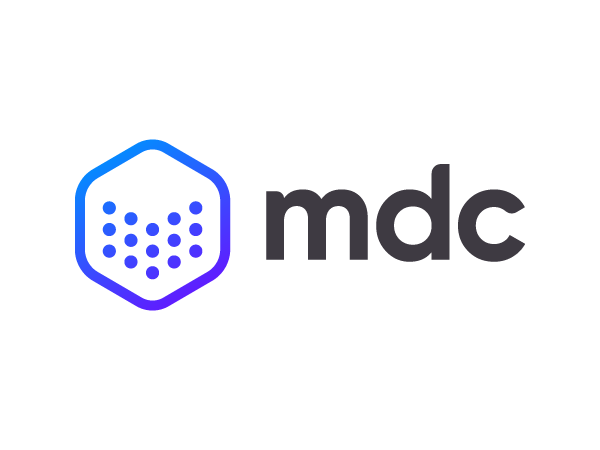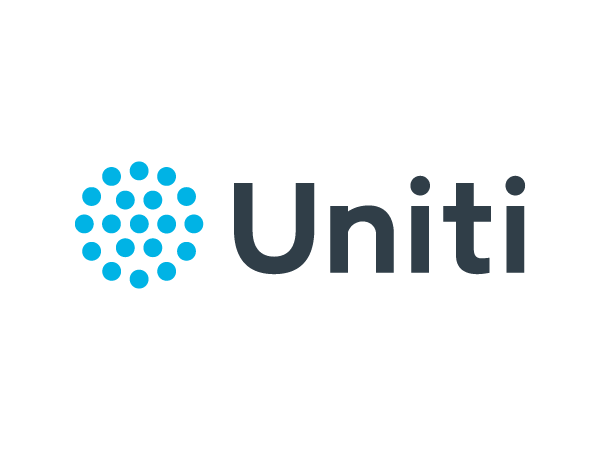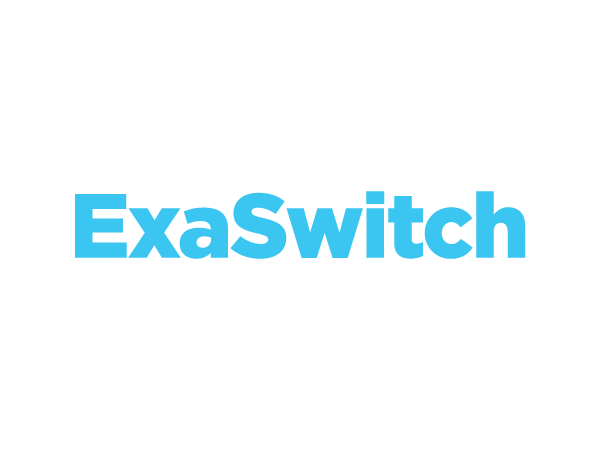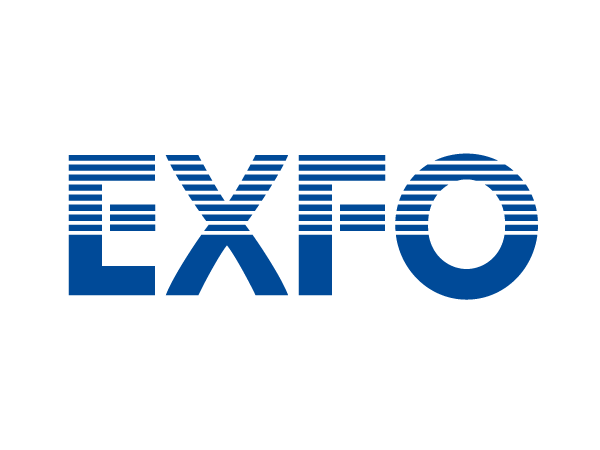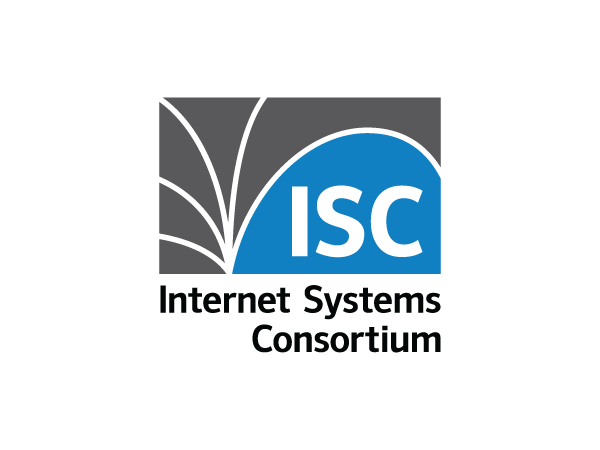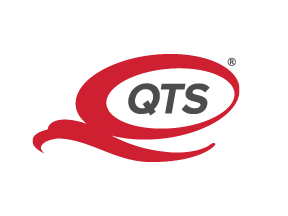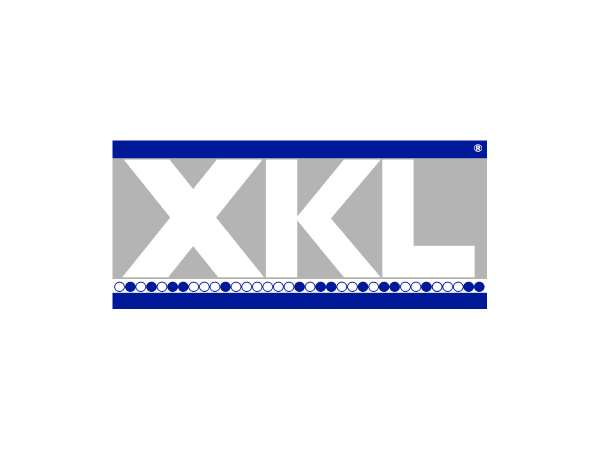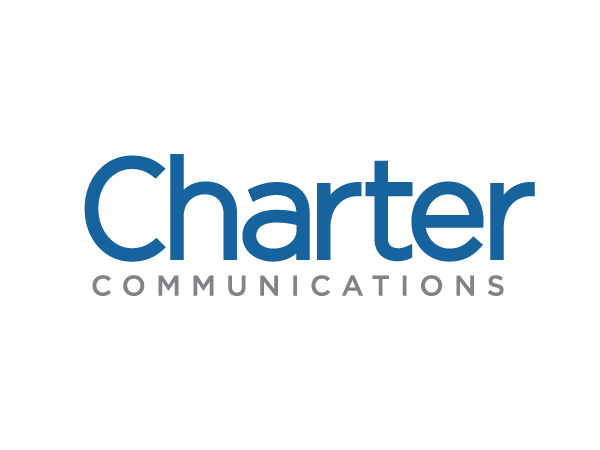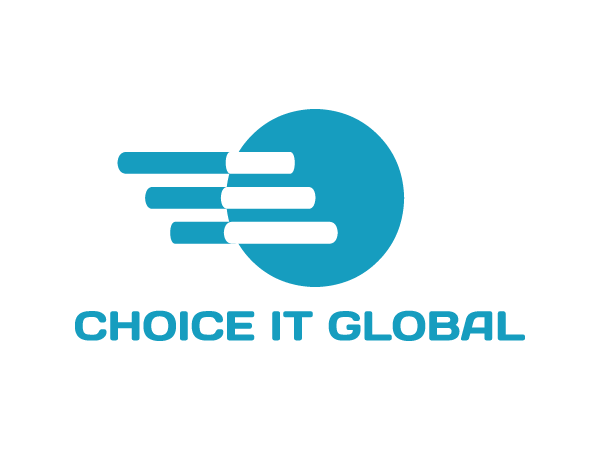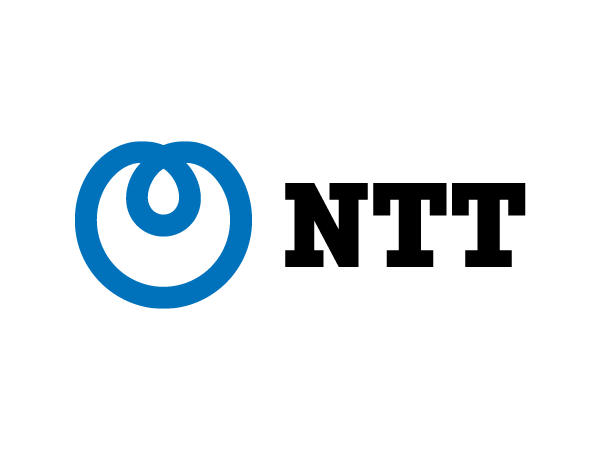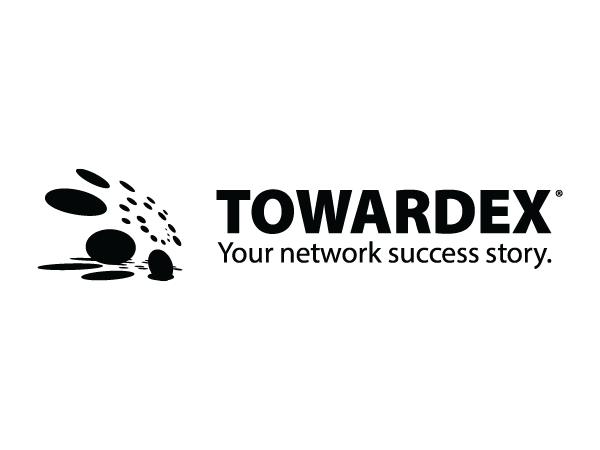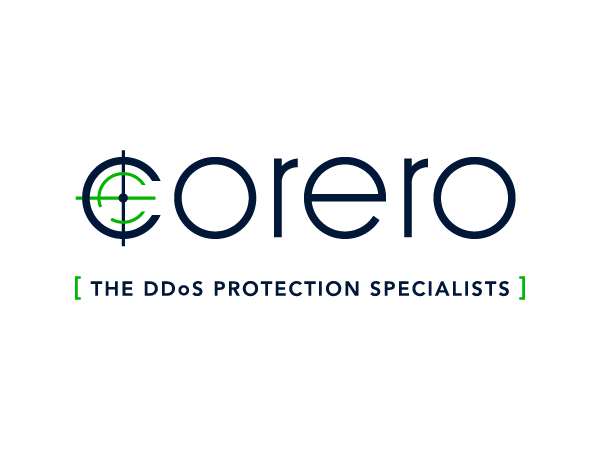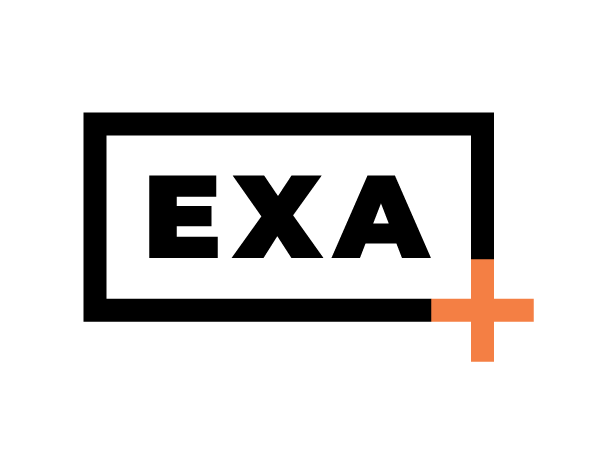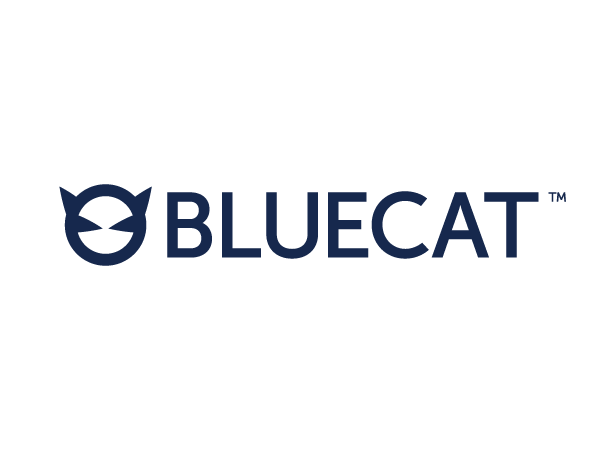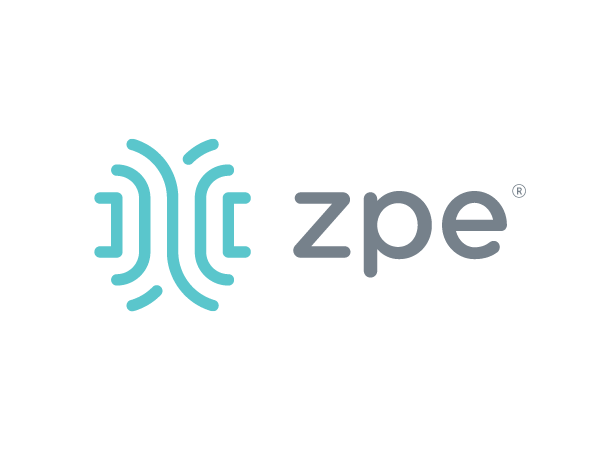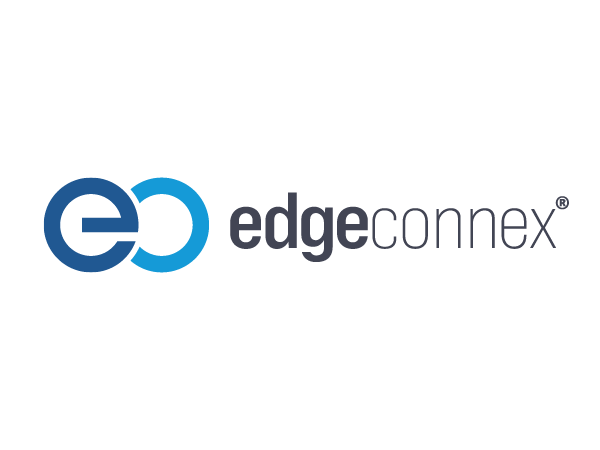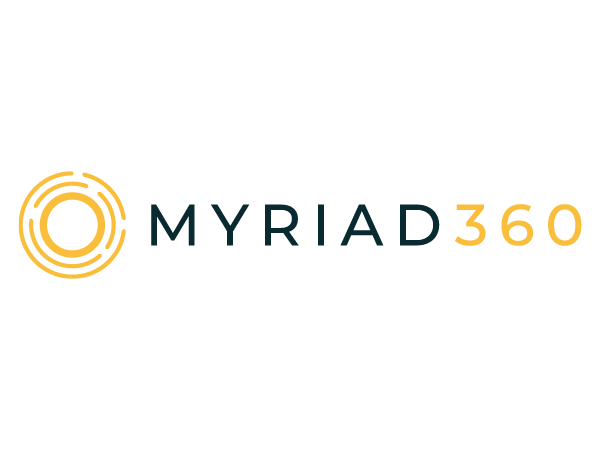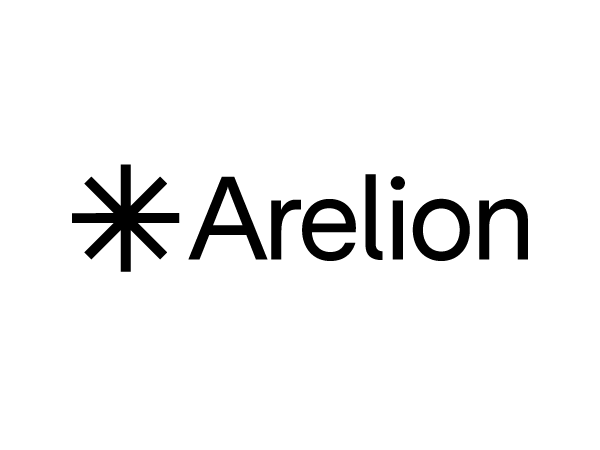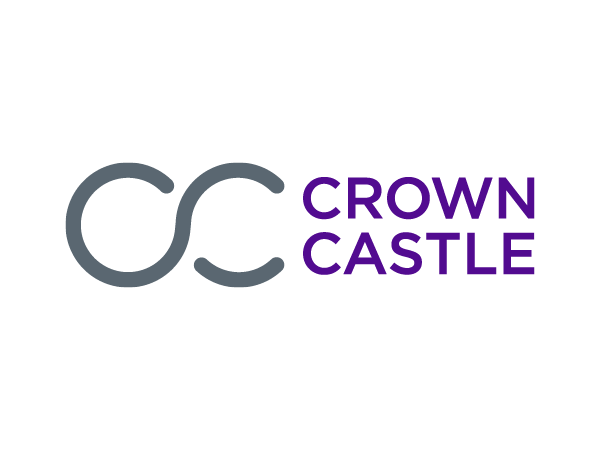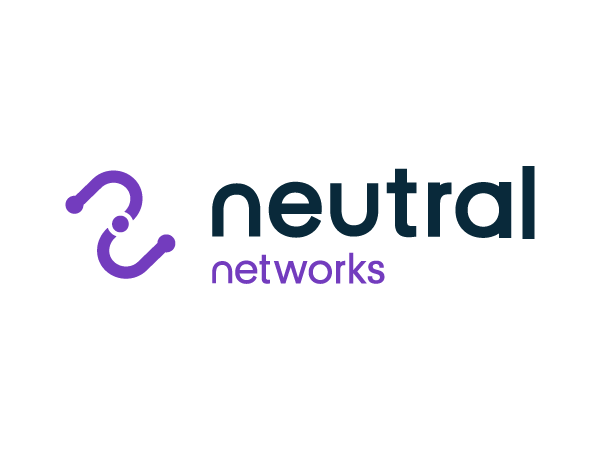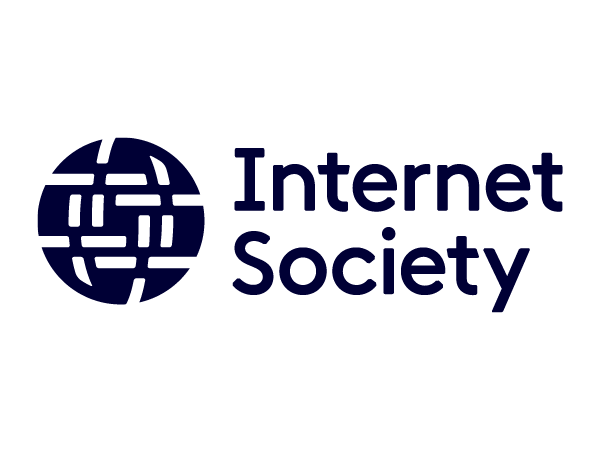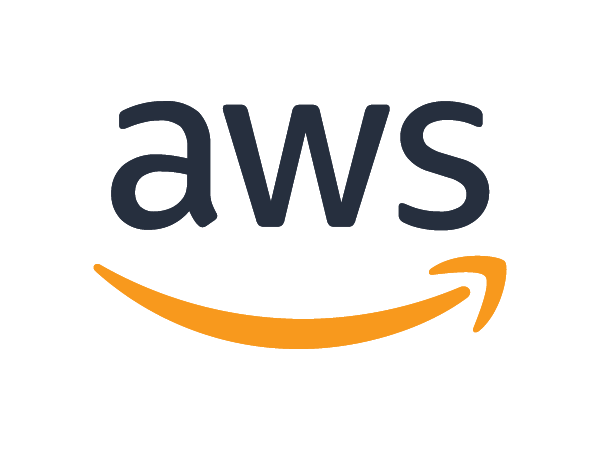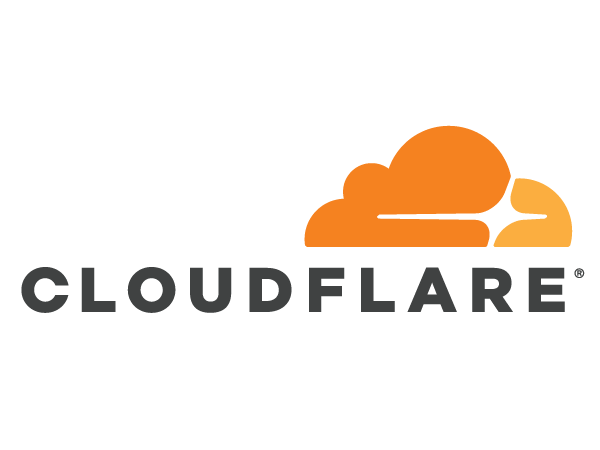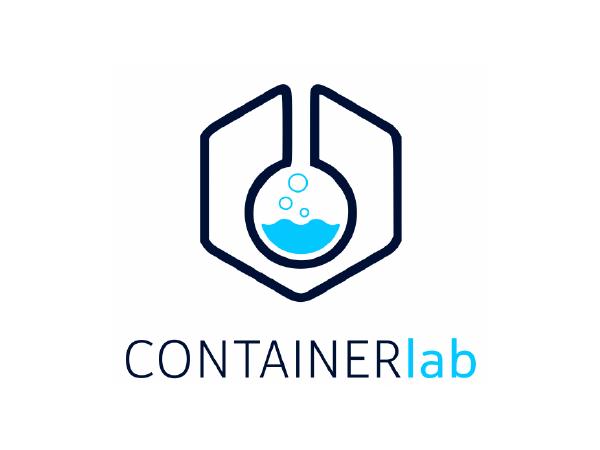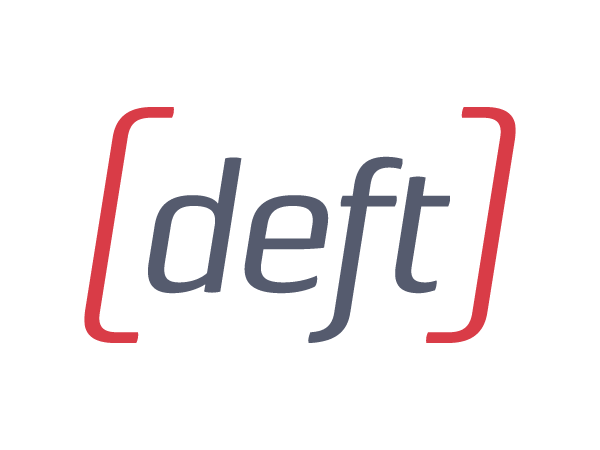NANOG 89 Agenda
NANOG 89 Agenda
Click on any talk title in the agenda to view the full abstract and speaker info.
Please note agenda is subject to change.
Sunday, October 15, 2023
| Topic/Presenter |
|---|
Full AbstractCome learn to play pickleball! Coach Louie & his hat will teach beginner pickleball. We will cover the rules and basic mechanics of serving, hitting, and volleying during the 1st hour. There will be additional advice on strategy and kill shots: both execution and defense. Then we will have time for some matches. Paddles & balls will be provided. Dress in comfortable clothes and shoes for sports. Bring a water bottle and your paddle if you have one. Fill out the sign up sheet at https://forms.gle/qqcWWQ2KPvFFd6XM7 to help us gauge interest, but feel free to come drop in either way! We will meet in the Loews hotel lobby at 14:30 PDT to ride over to The HUB Pickleball Club for a 15:00-17:00 (PDT) session. If you come separately, please ask the desk clerk to charge your day pass to Louie's account (Passphrase is ZERO-ZERO-TWO). |
|
|
Full AbstractRegister Here: https://connect.uniti.com/acton/media/45225/nanog89-party *Separate registration with the sponsor required for entry *NANOG Badge required for entry |
Monday, October 16, 2023
| Topic/Presenter |
|---|
Full AbstractCome play pickleball! We have reserved a court to play at the nearby Coronado Cays Park at 7-9 AM on Monday, Tuesday, and Wednesday. All levels are welcome. Coach Louie and his hat are available to offer instruction for beginners. Paddles & balls will be provided. Dress in comfortable clothes and shoes for sports. Bring a water bottle and your paddle if you have one. We will meet in the Loews hotel lobby at 6:45 PDT to go over to the park. (Transportation has yet to be finalized.) |
|
|
NANOG 89 Newcomers Orientation
Vincent Celindro - Juniper Networks
Full AbstractNew to NANOG? Don’t miss our Newcomers Orientation for an opportunity to network with fellow newcomers and learn more about NANOG - both the community and the organization. Topics to be covered include: Speakers
|
NANOG 89 Conference Opening
Lee Howard - IPv4.Global
Tina Morris - Amazon Web Services
Full AbstractWelcome to NANOG 89! Join us as we officially kick-off three days of great programming and networking events. Speakers
|
Keynote: The Expanding Landscape of Internet Governance: Why Network Operators Need a Global View
John Curran - ARIN
RecordingsFilesFull AbstractJohn Curran, President and CEO of the American Registry for Internet Numbers (ARIN), will review the ongoing evolution of the Internet from simply a massive commercial activity into something more integral to society. Key topics will include how Internet coordination is different from governance, and how the technical community has engaged in Internet governance, and the potential consequences network operators will experience as the landscape continues to evolve. Learn what is at stake, including the potential for economic, security, and human impact as a result of Internet governance decisions. Find out what specific steps you can take to help govern the Internet — whether you are a large or small organization — and why your help is needed to keep the Internet stable and richly interconnected. Speakers
|
BGP Routing Security- Hijacks vs RPKI
Alastair Strachan
Full AbstractThe Border Gateway Protocol (BGP) serves as the backbone of the internet, yet it's not without its security concerns. This talk introduces the Resource Public Key Infrastructure (RPKI), a solution addressing these vulnerabilities. We'll delve into RPKI's basics, its workings, and its adoption rates within the RIPE NCC area. By also spotlighting statistics from North America, we'll offer a broader view of RPKI's significance in bolstering global routing security. Join us to understand how RPKI is reshaping internet safety. Speakers
|
Discovering flaws in BGP error handling
Ben Cartwright-Cox
Full AbstractBGP and it's implementations are very sensitive places to find bugs, During validation testing for one the products I was working on I ended up discovering a bug in a vendors BGP implementation, that inspired me to explore the entire bug class on all of the other vendors. What I found was a large range of problems that ultimately could be used to partition large sections of the internet. Join me in finding out what these bugs are, why they are so deadly, and how I found them! Speakers
|
QoS at Meta... and one way it went wrong
Ashley Hatch
Full AbstractIn this talk, I'll share Meta's journey to a consistent and stable QoS policy. I'll reveal the challenges we've faced and how we overcame them. In the second half of the talk, I'll talk about a fascinating investigation where we were dropping critical traffic in spite of our best laid plans. Join me to learn how Meta overcame the challenges of crafting a QoS policy at scale and maybe learn a few tricks for finding hidden gremlins in your own networks. Speakers
|
Scrape the CLI! Getting started with Scrapli and its Flavors (Scrapli-Netconf and Nornir-Scrapli)
Neelima Parakala
RecordingsFilesFull AbstractAre you a pro in CLI commands but tired of manually logging in to each network device and managing the network device configuration and operational data using the command line interface? Then it's time for you to explore Scrapli and automate CLI scraping. Scrapli is a Python library that helps you to connect multiple network devices via SSH or Telnet, synchronously or asynchronously for screen scraping. It is a vendor-neutral, fast, flexible, and well-tested open-source automation tool. It allows you to manage the configuration of multiple network devices simultaneously. It supports Cisco IOS-XE, IOS-XR, NX-OS, Arista EOS, and Juniper JunOS network operating systems. This session gives an overview of Scrapli and its flavors(Scrapli-Netconf and Nornir-Scrapli) that help automate task execution to manage network configuration and operational data. Speakers
|
Pushing Nx400G Further
Filipe Correia - Ribbon
Full AbstractWe need to build optical networks in multiples of 400G lanes – 400G/800G/1200G and so on – to transport data center traffic that is growing in multiples of 400GbE. The presentation shows how the industry is leveraging progress in DSP technology to create two complementary types of 0dBm transceiver solutions to meet different needs: 1) proprietary capacity-reach optimized transceivers that maximize channel capacity for any distance, including regional coverage 800G and short haul 1200G in 2023, and 2) standard cost-power optimized transceivers that provide strong enough performance for most metro applications, including 400G in 2023 and 800G in 2024. The presentation also shows how these solutions can operate together on the same fiber using a rational 75GHz/150GHz channel plan. Speakers
|
Breaking Bad: The Rise and Fall of the World's Largest Spam Operation
Matthew Schneider
Full AbstractThis presentation traces the history of the world's largest spam operation, from its humble beginnings in the early 2000's sending out the usual types of scams of that time, to its rise doing "advertising" for large corporations. Their ties to well-known "spam kings" are uncovered as well as the extreme lengths they took to keep their operation hidden from the public. This all came crashing down when several of their executives were convicted of federal fraud charges and CAN-SPAM violations, resulting in the company losing over $1 billion in value, and the email marketing division finally being shut down completely. Speakers
|
Panel: The Return of NANOG Jeopardy!
Charles Rumford - Deft and TallWireless
RecordingsFull AbstractNANOG Jeopardy is back with better software, better buzzer, and fun new topics! Speakers
|
|
|
Tutorial: Building Virtual Labs for Design Validation, Technical Training, & Operational Migrations
Michael Carey - Integration Partners
RecordingsFilesFull AbstractEngineering Teams have always struggled to create meaningful hardware-based infrastructure lab environments for such tasks as mocking up networks and simulating design changes, practicing major migrations before touching production networks, or training new users with hands-on experiences that emulate their own networks. These hardware-based labs are expensive to build up and difficult to maintain. In addition, with a push for learning Network Automation and new Cloud-Based Management Solutions, a dev-ops environment to experiment with these tools against infrastructure is a must. While simulated network tools have been around for quite some time, I'd like to share some my recent experience and success in utilizing an easy to implement and low-cost tool to provide a simulated sandbox environment for some of the above initiatives. Some of the referenced initiatives have been geared toward internal engineering teams, while others have been customer facing for training and Proof-of-Concept initiatives. Michael Carey, a Senior Solutions Architect, will present on some of what has been learned along the way utilizing this tool, EVE-NG, to show how to easily get this tool up and running in various environments, provide some ideas for where to start with the vendor emulation environments, and discuss some of the benefits this environment can provide to your engineering staff and/or customers. Speakers
|
Building Trustworthy Network Infrastructure
Rakesh Kandula
Recordings
FilesFull AbstractThe attacks on critical infrastructure like a service provider network have been increasing more than ever along with their level of sophistication. Attackers are not just targeting the product, but the infrastructure and tools used to build the end products are also being attacked. With the dynamic ever-changing threat landscape in service provider networks, it's important to look at security from ground-up. No amount of software security features will come to our rescue if the hardware itself has been compromised. Attendees of the session will benefit from understanding the various threats to a network device and how each of them can be addressed at every layer. In addition to ensuring the integrity of the network device, the session also focusses on the operational security aspects to ensure the security posture of the entire network is stronger. Lastly, the session also introduces the impact of Quantum Computing on network security and the possible solutions to handle this threat. Speakers
|
Full AbstractThe Women in Tech Mixer welcomes all attendees that identify as female and/or with she/her pronouns for an afternoon of networking with other fellow community members with light fare and drinks. |
Full AbstractThe forum provides time for attendees to meet and network with others in the peering community present at NANOG. Peering Representatives, who completed and submitted the form will have a dedicated highboy table for up to 2 representatives. They will be able to distribute business cards, and provide a white paper or 1 sheet marketing page. Please note: any other type of giveaway is not allowed. Complete the form here: https://www.nanog.org/events/nanog-89/peering/ |
Full AbstractLocation: Imperial Beach Biergarten Address: 805 Ocean Lane, Imperial Beach, CA 91932 Transportation: Will be provided starting at 6:45pm *NANOG Badge required for entry Sponsors: |
Tuesday, October 17, 2023
| Topic/Presenter |
|---|
Full AbstractCome play pickleball! We have reserved a court to play at the nearby Coronado Cays Park at 7-9 AM on Monday, Tuesday, and Wednesday. All levels are welcome. Coach Louie and his hat are available to offer instruction for beginners. Paddles & balls will be provided. Dress in comfortable clothes and shoes for sports. Bring a water bottle and your paddle if you have one. We will meet in the Loews hotel lobby at 6:45 PDT to go over to the park. (Transportation has yet to be finalized.) |
|
|
|
|
Full AbstractThe Members Meeting agenda and link to the webinar details are available for Members only. You MUST be signed in with your NANOG Profile account to view the Members Meeting Agenda page. Please bring (or share via email) any questions you would like to discuss at the meeting. |
Fireside Keynote with Anshul Sadana
Anshul Sadana - Arista Networks
RecordingsFull AbstractAnshul Sadana, Chief Operating Officer of Arista Networks, takes the stage for a fireside chat. Speakers
|
ARIN General Update
John Sweeting - ARIN
Full AbstractARIN is a nonprofit, member-based organization that administers IP addresses and ASNs in support of the operation and growth of the Internet. Hear from ARIN's Chief Customer Officer on where the organization sits with IPv6 growth, IPv4 Waitlist and Transfer stats, along with other notable organizational updates. Speakers
|
RecordingsFilesFull AbstractSession Description, this session will be the DE&I presentation taking place before the DE&I Lunch on Tuesday. This session will be followed but continued discussion during lunch. Summary: At Discover, we make DE&I a part of everything we do so our employees can thrive, and we can best serve our customers. Progressing DE&I is both the right thing to do and critical to our success as a business. We’ve established measurable North Star DE&I Goals in three areas: Diversity Increase the representation of Women and People of Color at all management levels to 50% and 40%, respectively, by 2025. Monitor our core talent processes to identify and resolve any potential equity gaps Achieve and maintain equally strong employee inclusion across all identity groups by 2024 To achieve these goals, we rely on our network of leaders to power our success. In 2022, we invited all people leaders and our affinity group leaders to take a 60- day inclusion challenge. About 70% of our target population opted-in to take the challenge! As a result, our Engagement and Inclusion Index scores increased across nearly all identity groups, with overall Engagement and Inclusion increasing three points from 2021.. We attribute this progress to the intentional effort leaders have made to shape our DE&I culture. In this session, you’ll learn: Concepts around race and human dynamics that can causes tension and conflict between groups Agenda & Timing
Topic Time Welcome & Opening - About Discover 11:15 – 11:20 5 min Unpacking Leadership - How our brain works 11:20 – 11:30 10 min Unpacking Race - How race became a class 11:30 – 11:55 25 min Inclusive practices, discussion prompts for lunch, & close 11:55-12:00 5 min Lunch & Q&A 12 – 1:00 Speakers
|
|
|
Full AbstractContinue the conversation! Join us in the Diversity, Equity, + Inclusion Lunch to discuss three topics following the presentation from Joy Canonigo. Sponsors: |
Tutorial: Everything You Always Wanted to Know About Optical Networking – But Were Afraid to Ask
Richard Steenbergen - Petabit Scale
RecordingsFilesFull AbstractThis tutorial explores the fundamentals of optical networking technologies, terminology, history, and future technologies currently under development. Example topics include: * How fiber works (the basics, fiber types and limitations, etc) Speakers
|
Building and expanding the bgp.tools realtime BGP collector
Ben Cartwright-Cox
FilesFull AbstractThere are two major well known BGP collection projects out there, RIPE RIS and the University of Oregon Route Views. But did you know there is a 3rd one that bgp.tools operates? In this talk I will show bgp.tools runs it's 1000+ session BGP collector, and how the rest of the site works, what it can do, and what bgp.tools is doing to come closer physically to networks for route collection where possible! Speakers
|
ASPA-based BGP AS_PATH Verification and Route Leaks Solution
Kotikalapudi Sriram
Full AbstractIn this talk, we describe procedures that make use of Autonomous System Provider Authorization (ASPA) objects in the Resource Public Key Infrastructure (RPKI) to verify the Border Gateway Protocol (BGP) AS_PATH attribute of advertised routes. This type of AS_PATH verification provides detection and mitigation of route leaks and improbable AS paths. It also to some degree provides protection against prefix hijacks with forged-origin or forged-path-segment. Speakers
|
IP Neo-colonialism: Geo-auditing RIR Address Registrations
Robert Beverly
Full AbstractAllocation of the global IP address space is under the purview of IANA, who distributes management responsibility among five distinct Regional Internet Registries (RIRs). Each RIR is empowered to bridge technical (e.g., address uniqueness and aggregatability) and policy (e.g., contact information and IP scarcity) requirements unique to their region. Despite the critical policy and technical importance of IP address allocation, little systematic effort has analyzed fine-grained geographic registration information, much less its accuracy. In this work, we examine all IPv4 address information across all five RIRs to characterize where addresses are physically registered and the extent to which these registrations cross RIR region boundaries. We then perform an active measurement IP geolocation study to validate registration geo-information accuracy -- in essence an ``audit'' of the registries. While we find the registration locations to largely be consistent with our geolocation inferences, we show that some RIRs have a non-trivial fraction of prefixes that are used both outside of the RIR's region and outside of the registered country's region. Such discrepancies may warrant further investigation. Speakers
|
|
|
Full AbstractInternet routing is a key building block of the Internet’s infrastructure that remains vulnerable to attacks. Resource Public Key Infrastructure (RPKI) has emerged as the leading strategy for securing BGP routing, though uptake has been uneven across the world. Speakers
|
Panel: 2023 Board of Directors Candidate Session
Leif Sawyer - GCI Comunication Corp (AS8047)
Full AbstractHear from candidates John Jason Brzozowski, Vincent Celindro, Ron da Silva (video message), Cat Gurinsky, and Marlin Martes as they answer questions asked by Leif Sawyer from the NANOG Election Committee. Remote attendees are invited to join the session live via Zoom. NANOG Members are invited to leave Statements of Support for the candidates. You may complete a form here: https://www.nanog.org/members/elections/2023-candidate-statement-of-support-form/ Voting will open after the conclusion of this Candidate Forum. Speakers
|
Measuring RPKI Deployment in the DNS
Edward Lewis - ICANN
Full AbstractRouting matters to the DNS, especially the security of routing. DNSSEC permits a receiver to validate responses, but this can't happen if the query is not delivered to an appropriate server. This study is a measure of RPKI deployment by DNS operators, analyzed according to the DNS division of labor. Deployment in the top of the global public Internet's names, the root zones, the top-level domains, and the RIR reverse map zones is measured, as well as deployment by names registered within selected top-level domains. Surprisingly, there are starkly different deployment rates of this routing security mechanism within the different DNS environments. Speakers
|
The complex reality of protecting BGP: Quantifying the impact of RPKI validation in ISPs and IXPs
Niklas Vogel
RecordingsFilesFull AbstractThe Border Gateway Protocol is vulnerable to IP prefix hijacks, enabling a range of attacks. The Resource Public Key Infrastructure (RPKI) was introduced to tackle the security problems of BGP with attestations on the valid ownership of IP resources by Autonomous Systems (ASes). Speakers
|
RecordingsFilesFull AbstractMutually Agreed Norms on Routing Security (MANRS) is an industry-led initiative to improve Internet routing security by encouraging participating networks to implement a series of mandatory or recommended actions. MANRS members must register their IP prefixes in a trusted routing database and use such information to prevent propagation of invalid routing information. MANRS membership has increased significantly in recent years, but the impact of the MANRS initiative on the overall Internet routing security remains unclear. In this talk, we provide an independent look into the MANRS ecosystem by using publicly available data to analyze the routing behavior of participant networks. We quantify MANRS participants' level of conformance with the stated requirements. We found that as of May 2022, over 83% of MANRS networks were conformant to the route filtering requirement by dropping BGP messages with invalid information according to authoritative records, and over 95% were conformant to the routing information facilitation requirement, registering their resources in authoritative databases. Speakers
|
Lightning Talk: Routing Insights on Cloudflare Radar
Mingwei Zhang
Full AbstractCloudflare Radar (https://radar.cloudflare.com/) is a hub that showcases global Internet traffic, attack, and technology trends and insights.for the global Internet, countries, and individual networks. With recent efforts, we brought more inter-domain routing information to Cloudflare Radar. We now provide free access to routing statistics, routing anomalies, network registration information, and more on Radar, via website and API access. In this lightning talk, we present what Cloudflare Radar sections contains, as well as how operators can use it to gain insights and debug network issues. Speakers
|
Lightning Talk: BIRD 1 End Of Life Announcement
Maria Matejka
Full AbstractAs BIRD 2 is finishing its 6th year of life and BIRD 3 is pacing fast to become the new stable version, we have to discontinue support for BIRD 1. It hasn't seen any update for 4 years and our team is quickly forgetting the needed knowledge. Please upgrade to BIRD 2 before this year ends. Speakers
|
Full AbstractJoin us for drinks, networking and fun during NANOG89! | Arelion |
Wednesday, October 18, 2023
| Topic/Presenter |
|---|
Full AbstractCome play pickleball! We have reserved a court to play at the nearby Coronado Cays Park at 7-9 AM on Monday, Tuesday, and Wednesday. All levels are welcome. Coach Louie and his hat are available to offer instruction for beginners. Paddles & balls will be provided. Dress in comfortable clothes and shoes for sports. Bring a water bottle and your paddle if you have one. We will meet in the Loews hotel lobby at 6:45 PDT to go over to the park. (Transportation has yet to be finalized.) |
|
|
|
|
FilesFull AbstractThis is a session to discuss the desires and needs of the NANOG community for our Diversity, Equity, and Inclusion efforts at NANOG 90 and beyond. What should we keep doing, what new things would you like to see, and what would make it easier to participate in building community at the meetings? Please come to this session prepared to participate! Remote attendees are invited to join the discussion live via Zoom. |
Full AbstractThe delivery of high quality streaming video via the Internet presents serious challenges for Content Providers, Content Delivery Networks and Internet Service Providers. This presentation will cover industry trends in streaming media, how Verizon has traditionally received streaming traffic, the efforts within industry organizations to improve the streaming video experience through Open Caching and the results seen at Verizon from deploying Open Caching at a nationwide scale. Measurements will be presented for buffering, video start failures and other key metrics from a production streaming video service. Speakers
|
Wi-Fi Network Monitoring with GÉANT WiFiMon
Nikos Kostopoulos - NTUA/GRNET
Full AbstractWi-Fi is one of the most popular Internet access methods. Monitoring Wi-Fi networks to ensure their normal operation is essential. WiFiMon ([1], [2]) is a GÉANT service offering open-source tools for efficient Wi-Fi network performance monitoring. The purpose of WiFiMon is to assist administrators in identifying underperforming segments within their networks and optionally enhance performance, for example, by installing more Access Points (APs). WiFiMon combines various data sources, including WiFiMon Software Probes (WSPs) and WiFiMon Hardware Probes (WHPs). WSPs deliver crowdsourced measurements by reporting performance as experienced by end users roaming the Wi-Fi network, whereas WHPs trigger equivalent measurements from fixed network positions. WHPs complement WSPs by facilitating baseline performance comparisons, hence WHPs are integral to WiFiMon’s operation. WHP measurements mainly rely on Raspberry Pi devices, although any Unix-based device may be used. Optionally, in IEEE 802.1X networks WiFiMon may leverage on RADIUS and DHCP logs to enrich monitoring options, e.g. by reporting throughput per network Access Point. In this presentation (attached), we provide an overview of WiFiMon and its architectural components, outline its fully automated installation procedure and report recent efforts on facilitating the distributed configuration and control of our WHPs. [1] WiFiMon Homepage, https://wiki.geant.org/display/WIF/WiFiMon+Home Speakers
|
Full AbstractThis is a session to discuss the desires and needs of the NANOG community for our Hackathon reboot at NANOG 90. What have you enjoyed, what would you like to see, and what have been barriers to participation? If you’ve never participated in a NANOG Hackathon - join us and tell us why, or what would encourage you to join us in the future. Please come to this session prepared to participate! Remote attendees are invited to join the discussion live via Zoom. |
Do we still need [unauth] IRR?
Aftab Siddiqui - Internet Society
Full AbstractRouting security is a foundational aspect of maintaining a stable and secure Internet infrastructure. Within this context, the IRR data plays a critical role in managing routing information. However, the presence of stale and incorrect data in unauthenticated IRR databases introduces significant challenges to routing security. Stale data in IRR db refers to routing information that is outdated or no longer valid. It can arise due to delays in updating or purging obsolete route announcements. The consequence of stale data can be lead to mis origination accepted as valid, causing traffic to take inefficient or insecure paths, which could have serious implications for network performance and security. We are going to explore some data related to ARIN allocations in RADb, one of the major IRR db service available, addressing concerns such as inaccurate/stale data is a complex endeavour. Solutions include the adoption of Resource Public Key Infrastructure (RPKI) but we don't have enough uptake to completely replace IRR. We are not suggesting a single step to resolve everything, lets look at the data and find out how it can be resolved collectively. Speakers
|
Network Time Foundation Status Update: the NTP, LinuxPTP, libptpmgmt, Khronos, and SyncE Projects
Harlan Stenn
RecordingsFilesFull AbstractThis presentation will be an update of what's been going on at Network Time Foundation in general, and a status update for its NTP, LinuxPTP, libptpmgmt, Khronos, and SyncE Projects. Speakers
|
|
|
Tutorial: Bringing True Load Balancing to Your On-Premises Kubernetes Cluster
Mauricio Rojas - Nokia
RecordingsFilesFull AbstractAre you struggling with load balancing in your on-premises Kubernetes cluster? Do you wish to have the same level of automation and experience as the Public Cloud? Look no further! In this presentation, we will guide you through defining your own on-premises Kubernetes LoadBalancer service using BGP through the Datacenter Fabric and bringing true load balancing across the leaf switches with ECMP. Speakers
|
Full AbstractAutomattic (AS2635) operates an Anycast CDN utilizing common internet transit links for datacenter interconnection (DCI) duties. Availability is handled by having a large variety of DFZ connections at each datacenter. A huge issue with this strategy is the propensity for the internet to fail in ways that are not immediately obvious due to the heavy utilization of multi-pathing (ECMP, LACP, etc) technologies that can hide congestion and errors in the aggregation of many links by network service providers. To find and visualize these issues, Automattic has designed and deployed internet monitoring software that successfully enumerates ECMP links on the open internet and allows us to find and quantify single-link failures deep within NSP networks. We have been using this software for some time to work with NSP's to aid them in more rapidly remediating their networks. This presentation will present the basics of Anycast CDN operations, give a refresher on router flow-hashing and ECMP path selection and then delve into several case studies showing how Automattic's PINGO system is able to visualize ECMP failures deep inside the internet. We'll present several failures and show how we're able to track these issues down before the NSP's themselves. Find Pingo on Github at https://github.com/automattic/pingo Speakers
|
DScope: A Cloud-Native Internet Telescope
Eric Pauley
Full AbstractFor the past 20 years, Internet telescopes have been a de facto standard for large-scale measurement of adversarial behavior on the Internet. However, as service deployment continues to concentrate on public clouds, and as adversaries become more sophisticated, conventional darknet telescopes can miss traffic phenomena, reducing situational awareness and putting services at risk. In response to the changing Internet landscape, we build DScope, a cloud-native Internet telescope. DScope works by leveraging cloud provider IP address pools, meaning it is located in-situ with the valuable targets for adversaries. DScope’s IP address footprint changes constantly, preventing attackers from identifying and avoiding the telescope. Finally, DScope IP addresses are backed by compute that allows for interactivity. DScope uses Linux Netfilter to NAT traffic to a transport-layer honeypot across all TCP ports. Fundamentally, DScope aims to achieve quality (representativity of traffic) over quantity (total number of telescope IPs). In so doing, we challenge two long-held assumptions in the Internet measurement community: (1) that scanning is random, and so large darknet telescopes have good coverage, and (2) that IPs must be held for long durations to achieve high coverage of phenomena. To evaluate these assumptions, we compared DScope against Merit’s ORION darknet telescope, finding a broad class of cloud-targeted (non-random) traffic that is invisible to these conventional techniques. We also found surprising evidence that optimal measurement actually holds IP addresses for a relatively short time (8 minutes on AWS), as opposed to holding IPs for a long duration. We are making DScope’s data available to researchers and practitioners to improve situational awareness about emergent threats, as well as to enable improvements to the security of deployed services. We are also soliciting collaboration with network operators and security practitioners towards expanding DScope’s vantage point. Speakers
|
|
|
Full AbstractThe 50th anniversary of Ethernet technology is this year! "The History and Future of the Ethernet" This talk will be a retrospective for Ethernet as a technology as the birth of Ethernet was back in May 22, 1973, when Bob Metcalfe wrote a memo to the PARC management explaining how Ethernet would work. Ethernet has come a long way since then and May 22 2023 Ethernet will celebrate 50th birthday. The talk will look at what Ethernet was back in 1973, what it is today and where the technology is heading. Speakers |
Lightning Talk: FABRIC: Your Playground for Innovation
Anita Nikolich
Full AbstractThe FABRIC testbed is designed to help redefine the boundaries of what's possible in networking, security and distributed systems. I'll do a quick overview of its capabilities and tell you about how you can use this new, freely available testbed. Speakers
|
Lightning Talk: OOB - your saving throw
Alex Latzko - DEFT.COM
Full AbstractYou should use real OOB, it will save you when things break. Speakers
|
NANOG 89 Conference Closing
Chris Woodfield
Speakers
|
Full Abstract*NANOG Badge required for entry Sponsors: |
Network Lounge, sponsored by Windstream Wholesale, providing open seating space for attendee networking, located in Commodore AB.
Espresso Bar, sponsored by Approved Networks, is open Monday - Wednesday from 8:30 am to 4:30 pm, providing complimentary coffee drinks, located in Commodore AB.
